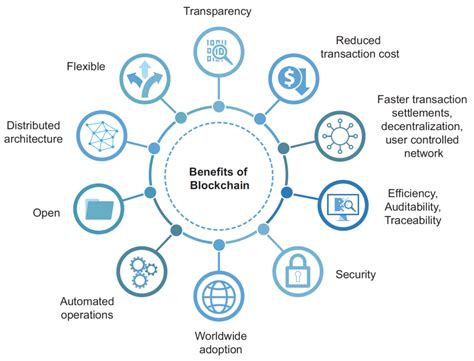Predictive Analytics in Blockchain: Using Artificial Intelligence to Predict Threats
The blockchain ecosystem is built on the principles of transparency, decentralization, and security. However, this same foundation can be vulnerable to malicious actors who try to exploit vulnerabilities or manipulate data. To mitigate these risks, predictive analytics plays a key role in identifying potential threats and mitigating their impact.
What is predictive analytics?
Predictive analytics refers to the use of statistical models and machine learning algorithms to analyze patterns and predict future outcomes based on historical data. In blockchain, predictive analytics can be used to predict potential security threats by analyzing trends, anomalies, and correlations in data.
How Blockchain-Specific Threats Arise
Blockchain networks are vulnerable to various types of attacks, including:
- 51% Attack: A 51% attack occurs when an attacker controls more than half of the network’s mining power, allowing them to manipulate transactions or block rewards.
- Private Key Compromise: Hackers can steal private keys, giving them access to users’ funds and assets.
- Smart Contract Vulnerabilities: Poorly designed smart contracts can lead to unintended behavior or exploit vulnerabilities, resulting in losses for investors.
- Network Congestion: Increased network traffic can cause congestion, slowing down the entire network and making it more vulnerable to attacks.
Using AI to Predict Threats
AI-powered predictive analytics offers a number of advantages in identifying potential threats:
- Anomaly Detection: Machine learning algorithms can detect unusual patterns in data, indicating potential security threats.
- Predictive Modeling: Advanced statistical models can predict the likelihood of future events based on historical trends and correlations.
- Real-time Monitoring: AI-powered systems can monitor network activity in real time, enabling rapid response to emerging threats.
Blockchain-Specific Threats and Predictive Analytics
In blockchain-specific threats, predictive analytics can be used to:
- Identify 51% Attack Tricks: Analyzing data on transaction patterns and smart contract interactions can help identify potential 51% attack attempts.
- Detect Private Key Compromise Attempts: Machine learning algorithms can detect anomalies in user activity, indicating attempts to steal private keys.
- Predict Smart Contract Vulnerabilities: Advanced predictive models can predict the likelihood of hackers exploiting vulnerabilities.
Real-world example
A well-known blockchain project, Polkadot, implemented a predictive analytics system to identify and mitigate potential security threats. By analyzing historical data on transaction patterns and smart contract interactions, the team was able to:
- Detect 51% Attack Attempts: Advanced anomaly detection algorithms identified potential 51% attack attempts, allowing the team to take quick action and prevent significant loss.
- Identify Private Key Compromise Attempts: Predictive modeling helped identify instances of private key compromise attempts, allowing the team to take proactive measures to protect user accounts.
Conclusion

Predictive analytics is a powerful tool for mitigating threats to blockchain networks. By analyzing trends, anomalies, and correlations in data, AI-powered systems can identify potential security threats and predict their impact. As blockchain adoption continues to grow, it is critical to leverage predictive analytics to ensure the long-term stability and security of this critical ecosystem.
Recommendations
- Implement predictive analytics: Start incorporating predictive analytics into your blockchain project to detect potential threats early.
2.